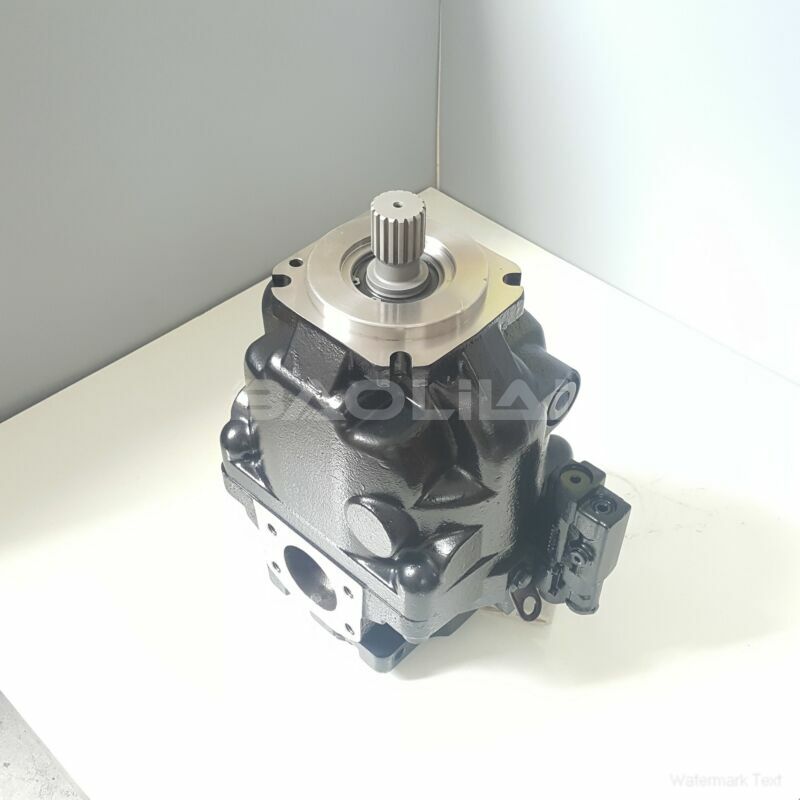ERR130BBS3125NNN3S4CPA1NAAANNNNNN hydraulic oil pump
ERR130BBS3125NNN3S4CPA1NAAANNNNNN hydraulic oil pump

- Product Details
- Applicable Scene
Examine the Pump
ER-R-130B-BS-31-25-NN-N-3-S4CP-A1N-AAA-NNN-NNN
ERR130BBS3125NNN3S4CPA1NAAANNNNNN
Conduct a thorough inspection of the hydraulic pump itself. Check for:

83001323
Wear and tear: Look for physical damage, such as cracks or excessive wear on components like gears or vanes.
Alignment: Ensure that the pump is properly aligned with the motor to prevent binding and excessive wear.
Air ingress: Air in the hydraulic system can cause cavitation, leading to pump noise and performance issues. Check for loose fittings or connections that may allow air to enter.
Test Pressure and Flow Rate
Use a pressure gauge and flow meter to measure the pump’s output. Compare these readings to the manufacturer’s specifications to determine whether the pump is functioning within acceptable parameters. If measurements are below the expected range, further investigation is warranted.
Evaluate System Components
If the pump seems to be functioning well, the issue may be in other components of the hydraulic system. Inspect valves for proper operation, ensure filters are not clogged, and verify that hoses and fittings are intact. Blockages or malfunctioning components can restrict fluid flow and impact the pump’s efficiency.
Optimize Maintenance Practices
Regular maintenance is key to preventing performance loss in hydraulic systems. Implement a schedule for changing hydraulic fluid, replacing filters, and inspecting system components. Using high-quality fluid and components also reduces the risk of issues arising.
Engage Professional Help if Necessary
If troubleshooting efforts do not identify the problem or if the pump requires extensive repair, consider consulting a hydraulic system specialist. Professionals can perform in-depth diagnostics and repairs that may not be feasible in-house.
Proper troubleshooting can help to quickly identify and rectify hydraulic pump performance issues in mining equipment fluid circuits. By adhering to these guidelines, operators can minimize downtime, optimize efficiency, and extend the lifespan of their hydraulic systems. Regular maintenance, diligent observation, and timely troubleshooting are central to achieving reliable and effective operations in the challenging environment of mining.





